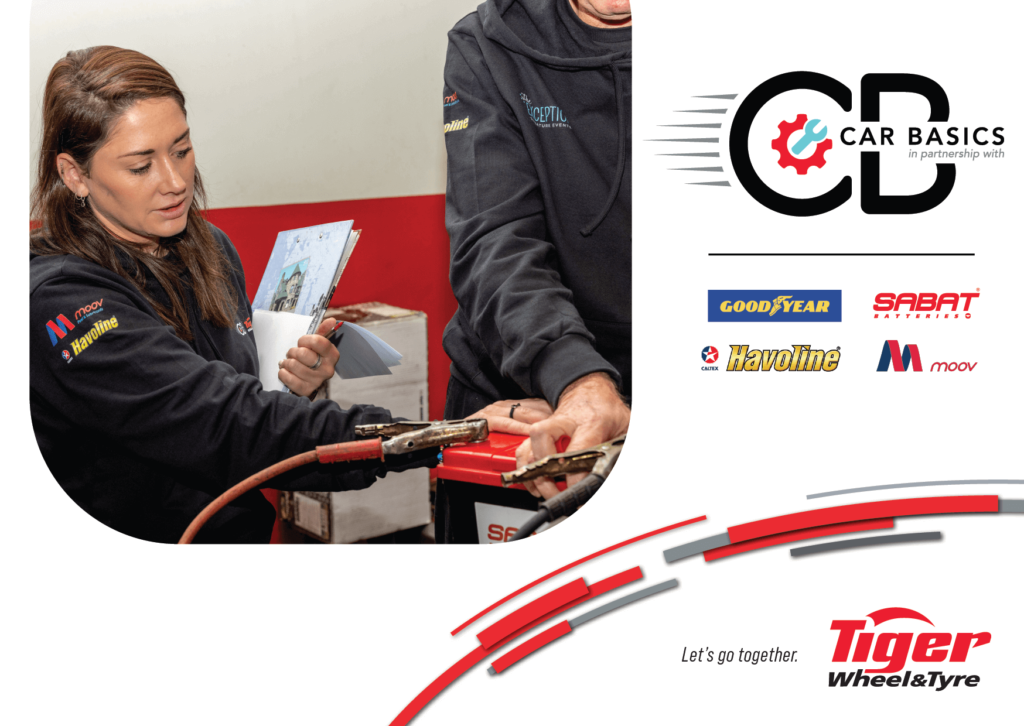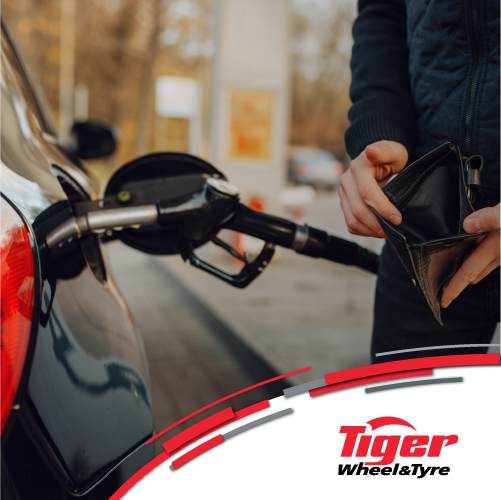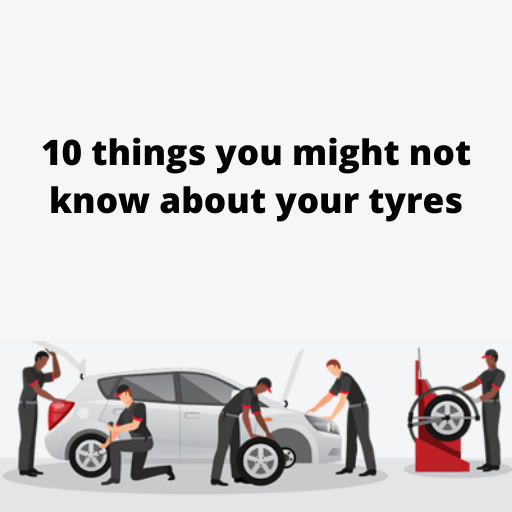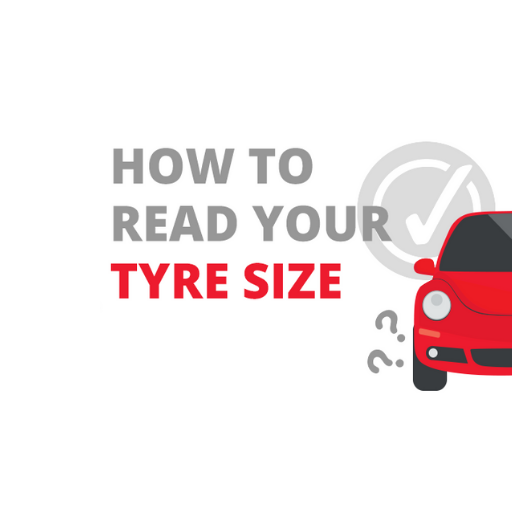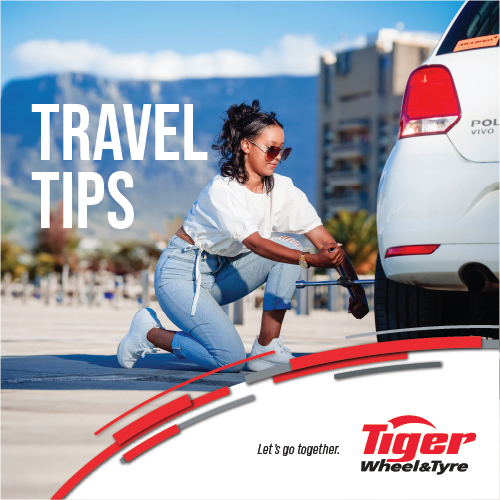
Hit the Road Safely This Holiday Season with Tiger Wheel & Tyre’s Essential Travel Tips
As South Africans gear up for the end-of-year holidays, it’s time to prioritise safety on the roads. For more than five decades, Tiger Wheel & Tyre, South Africa’s most trusted and award-winning retailer, has been offering expert advice and quality products to keep families safe and journeys enjoyable! Before setting off on your long-awaited road trip, make sure your vehicle is in peak condition with these essential travel tips.
- Load Wisely and Brake Safely
With the festive season comes extra luggage, packed vehicles, and often more passengers than usual. Did you know that additional weight impacts your car’s braking distance? Allow for extra distance between your vehicle and the one in front, especially at higher speeds and start braking earlier than usual. Also ensure your tyres are inflated to the correct pressure to handle the load and improve overall safety.
- Take Regular Breaks
Fatigue is one of the leading causes of accidents on long trips. Plan your route with rest stops every two hours or 200km, allowing drivers to recharge and passengers to stretch their legs. A refreshed driver is a safer driver.
- Prioritise Tyre and Battery Health
Your tyres are the only contact point between your vehicle and the road. Inspect them for wear, damage, and correct inflation. If in doubt, visit Tiger Wheel & Tyre for a free tyre safety check, and battery testing to avoid unforeseen breakdowns.
- Stay Security Conscious
Sadly, safety doesn’t just mean road safety in South Africa. Keep your car doors locked and valuables out of sight. At overnight stops, park in well-lit areas or secured parking facilities.
Win Big This Festive Season
Tiger Wheel & Tyre is making your holiday even more exciting with the chance to win a fully kitted Suzuki Jimny 4×4! Simply buy any four premium brand tyres and you’ll be entered into the draw to win this adventure-ready vehicle. Don’t miss out—shop at any Tiger Wheel & Tyre nationwide today.
Make Tiger Wheel & Tyre your trusted travel partner this season. With expert services, premium products, and award-winning customer care, we’re here to ensure your journey is as smooth as your destination is memorable. Learn more at www.twt.co.za.



